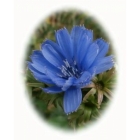 | ||
Perfect for pollinators Chicory –cichorium intybus– grows best in dry grassland and is well suited to sandy soils or soils containing chalk or limestone. It grows best on sites where there is plenty of sunlight. Chicory is a delightful plant to introduce into gardens, where it can be grown at the back of a sunny flower border, where plants will attract insects such as bees. Chicory typically grows to about 2 foot high and has showy blue flowers that appear from July to September. Plants look best growing with wildflowers such as Common Toadflax, Small Scabious, Greater Knapweed, Wild Carrot and Viper’s Bugloss. An alternative name for Chicory is Wild Succory. How to grow Chicory Seeds Chicory seeds should be sown in spring or autumn, outside, where they are to flower, and covered lightly with soil or compost. RHS Perfect for Pollinators. The RHS Perfect for Pollinators mark is only given to plants that support pollinating insects in gardens. Bees, butterflies, moths, hoverflies and many others visit flowers to feed on nectar and pollen; while doing so they transfer pollen and increase seed set and fruit development. Find out more at: rhs.org.uk/plants To discover more plants for Bees, simply enter the word "pollinators" into the search box above. To buy Chicory seeds To purchase Chicory seeds, please select a quantity above and click add to cart. To ensure the best chance of success, we sell all of our wildflower seeds by weight, which ensures each wildflower seed packet contains a good quantity of seeds. Summary type - perennial, colour - Blue, height - 30 to 100cms, flowering months - July, August, September, October habitat - Dry Grassland (clay, loam), Very dry Sandy Soil, Chalk and Limestone Grassland, Attracts bees | ||
Printed 07/12/2025 15:57:58
st8_1 type perennial colour blue height 30 to 100cms flowers july august september october habitat bare open ground eg arable field margins disturbed waste ground chalk and limestone grassland very dry sandy soil attracts bees
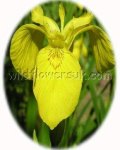
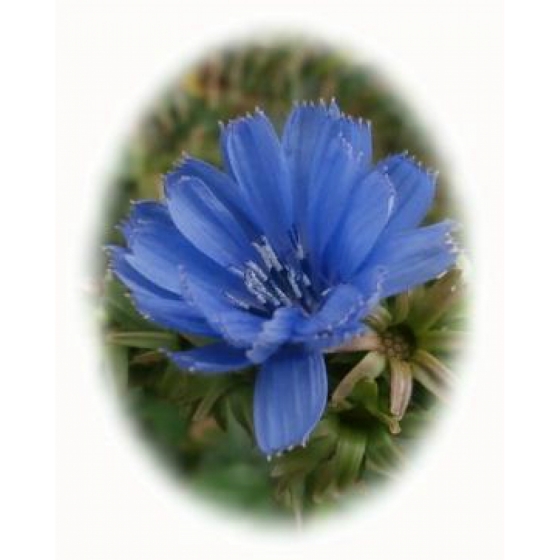
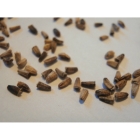
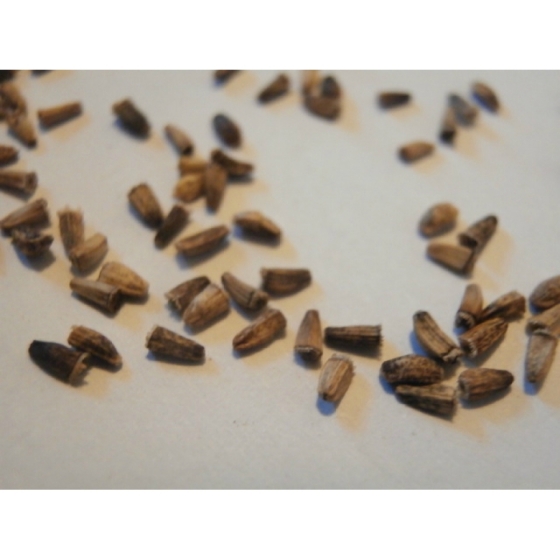



 added to basket
added to basket